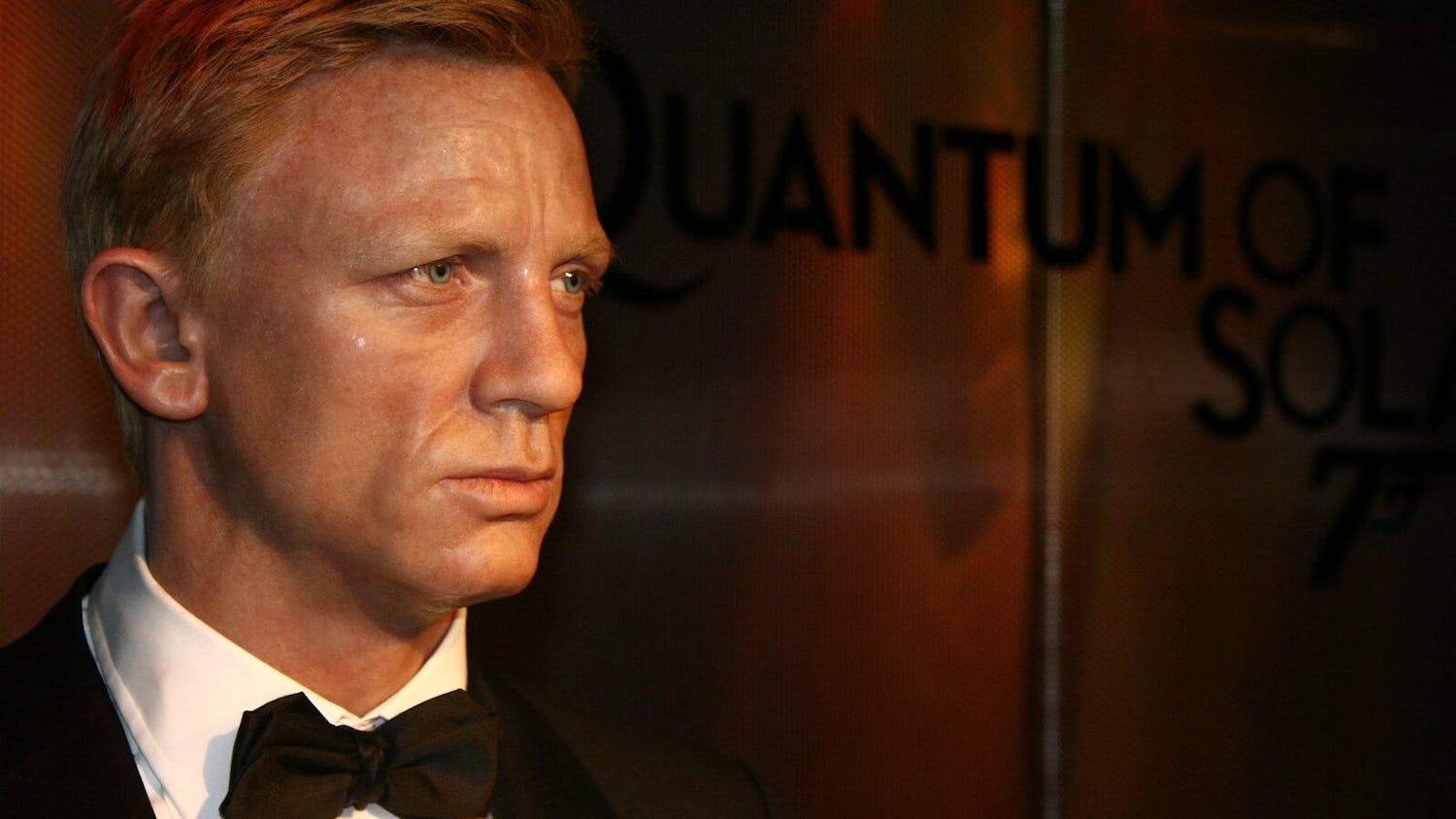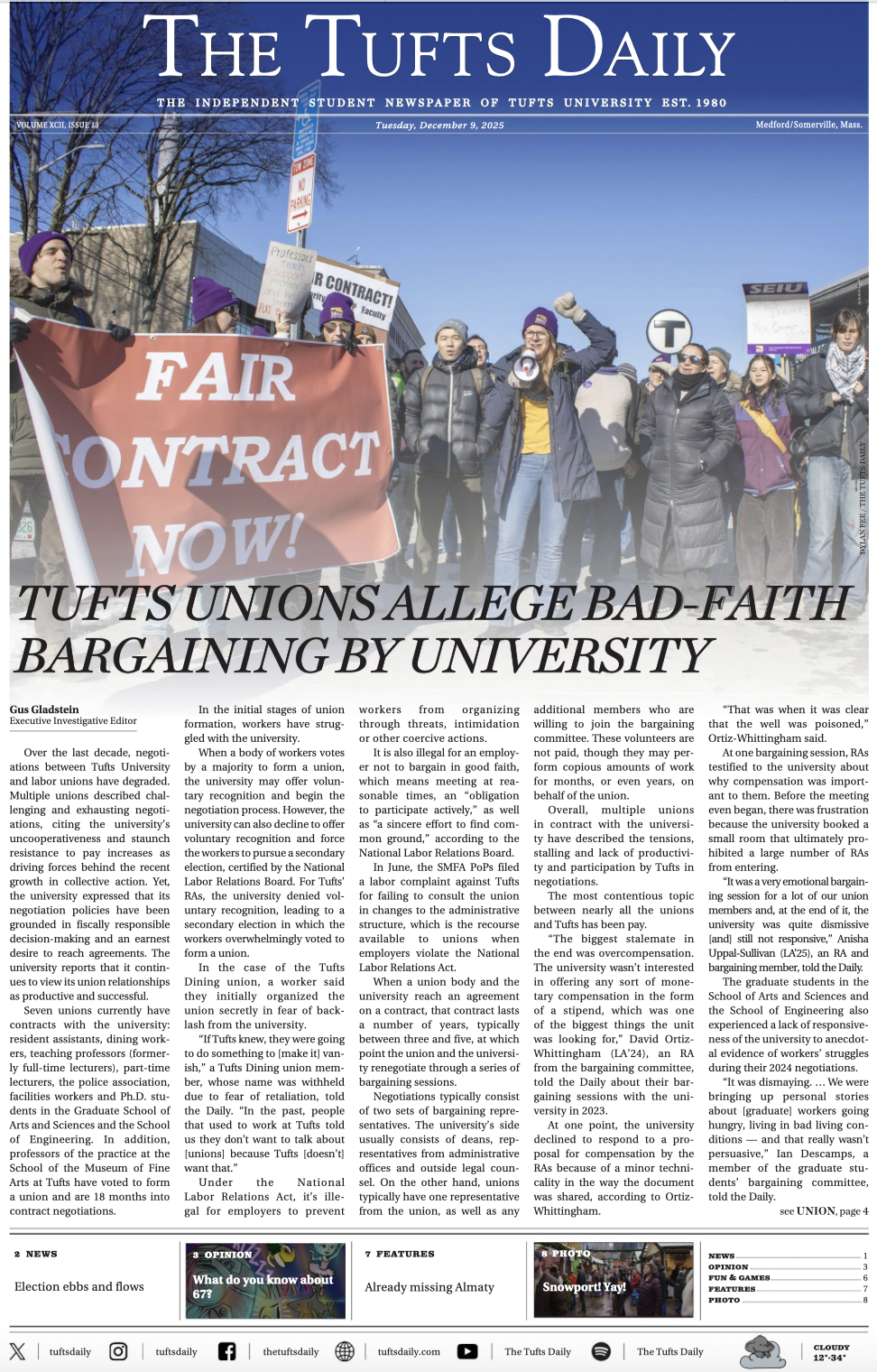Viewers might be reluctant to stay in on a Friday night to watch USA's new show "White Collar," but the criminal-turned-cop story might just be engaging enough to beat out going to a frat party.
"White Collar" revolves around Neal Caffrey (Matthew Bomer), a former counterfeiter helping FBI Agent Peter Burke (Tim DeKay), who works in New York City's white collar crime unit, catch some of Caffrey's more elusive peers. Caffrey falls into the FBI aide position after he escapes from prison a few months before the end of his sentence and is caught, for the second time, by Agent Burke.
Faced with four more years in the big house, Caffrey comes up with a proposition for his old adversary: He'll help the agent find the bad guys in exchange for supervised freedom — in the form of a tracking bracelet that restricts him to a two-mile radius. Supporting actors rounding out the cast include Tiffani Thiessen of "Saved by the Bell" as DeKay's supportive wife Elizabeth and Willie Garson as Caffrey's buddy from his pre-FBI days.
The concept — recruiting a criminal to help out the good guys — is familiar. The characters in "White Collar" do follow some archetypes: among them, the smooth operating conman and the hardworking, beleaguered civil servant. The show's strengths lie in its playfulness.
Bomer and DeKay have a fun rapport and the makings of an odd-couple, buddy-cop dynamic. Their witty banter makes for memorable moments. DeKay's Burke comments on the Canadian government officials response to a counterfeiting attempt, saying they are "very upset ... or as upset as Canadians get." At one point, Bomer tells Burke to look menacing: "No, Peter, menacing — you look like your kid just struck out." Fun exchanges between the duo lighten what is otherwise a dark, sinister mood.
Mysteries abound in "White Collar." For television puzzle solvers, "White Collar" is a fine addition to the roster. Caffrey has a criminal mastermind to outwit in each episode, but he also has to solve the overarching mystery of his girlfriend's disappearance. Caffrey had hatched his prison escape plans after she broke up with him, only to find that by the time he made it out, she had flown the coop as well. Caffrey uses his new liberty to secretly puzzle through his ex-girlfriend's departure.
While the series does seem to be set on showing Caffrey's romantic, sensitive side — the bad boy with a big heart, a theme played up more in the show's weaker second episode than in its pilot — the guy is still as slick as oil. While his crafty, sly maneuvers baffle Agent Burke at every turn, the agent takes each curveball thrown at him with aplomb and, often, amusement. Bomer glides through the episodes with Rat Pack cool; with help from a new wardrobe his character manages to charm an old widow who lets him stay in her prime digs with an amazing view of the city.
Part of the success of "White Collar" comes from its setting. Where other New York detective or crime shows capitalize on Gotham-style grit and dark alleys, "White Collar" presents a backdrop of shiny skyscrapers, beautiful parks and luxurious roof gardens. The series uses the City to its advantage, showing off glitz and sunshine, a fitting counterpart to the show's flashy, felonious protagonist.
The show does stretch itself at times. Are viewers really supposed to believe that a prisoner can get a security guard uniform delivered to his cell thanks to online shopping? That Fashion Week dresses are being used to smuggle counterfeiting technology into the United States? Still, while it's hard to believe that a man could recognize a small fiber on a suit jacket as one used in Canadian currency, it is fun to suspend disbelief.
"White Collar" is playful and intriguing, a charming combination that, despite its flaws, makes it a fun watch. Turns out white collar crime isn't as white-bread boring as one might think.





